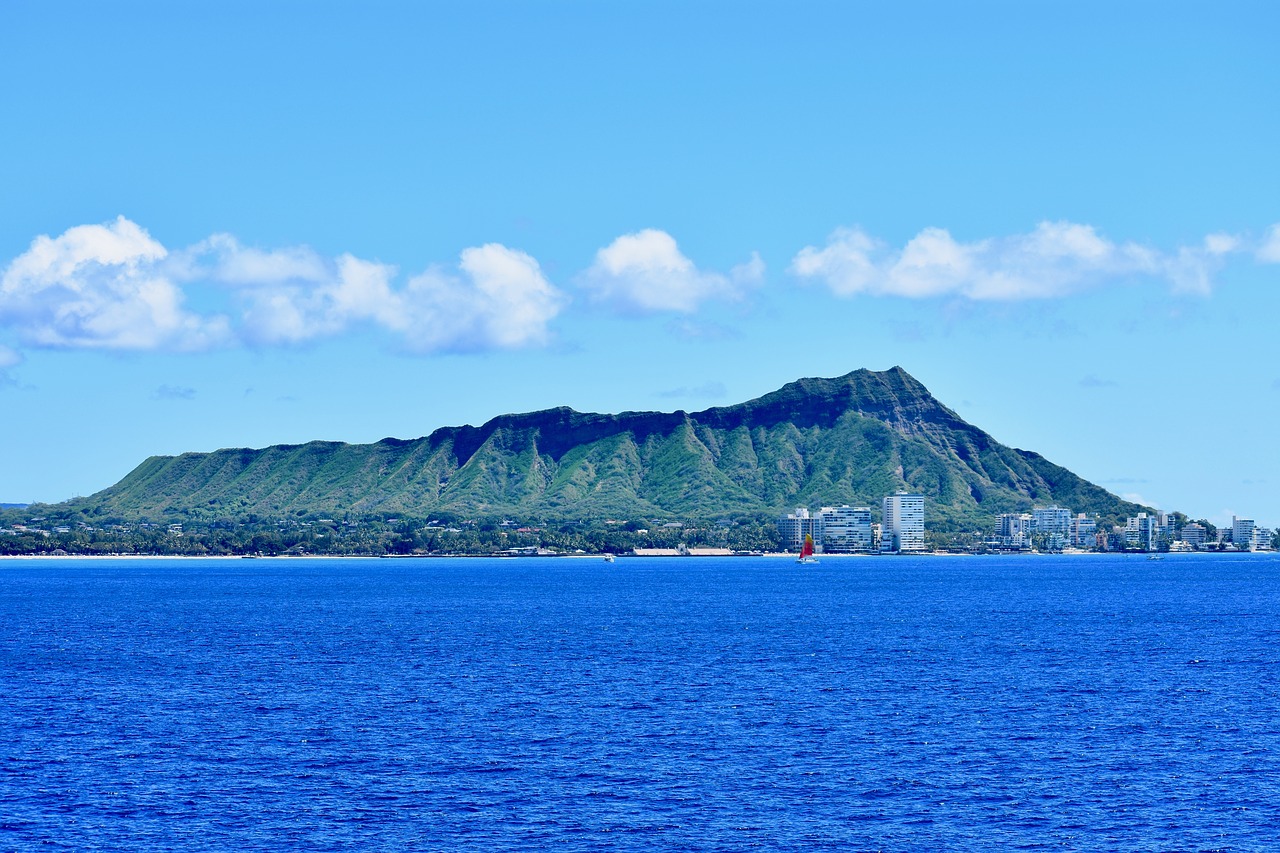Hawaii residents and visitors from abroad flock to Hawaii Island, the Big Island, to witness eruptions at the Mauna Loa Volcano. Thousands of images and videos of the spectacular event are zing around the internet when that happens showing the full glory of an active lava flow. We want to point out that fire goddess Pele, whose dominion includes the active volcano and all of the Hawaiian Islands, has a strong presence in Oahu’s geology, too. It’s just not in the form of a mesmerizing cascade of glowing, molten lava.
The story of Pele is foundational to the cosmology of the ancients all the way through to the native Hawaiian cultural practitioners of today. The story of her flight from the mythical land of Kahiki (believed by some to be Tahiti) to Halemaumau Crater at the Kilauea Volcano on the Big Island mirrors the geological birth of the Hawaiian Islands. The island of Kauai, the oldest of Hawaii’s main islands, was her first stop on her journey. Hawaii Island, Pele’s current home, is the youngest geologically (and is, obviously, still growing).
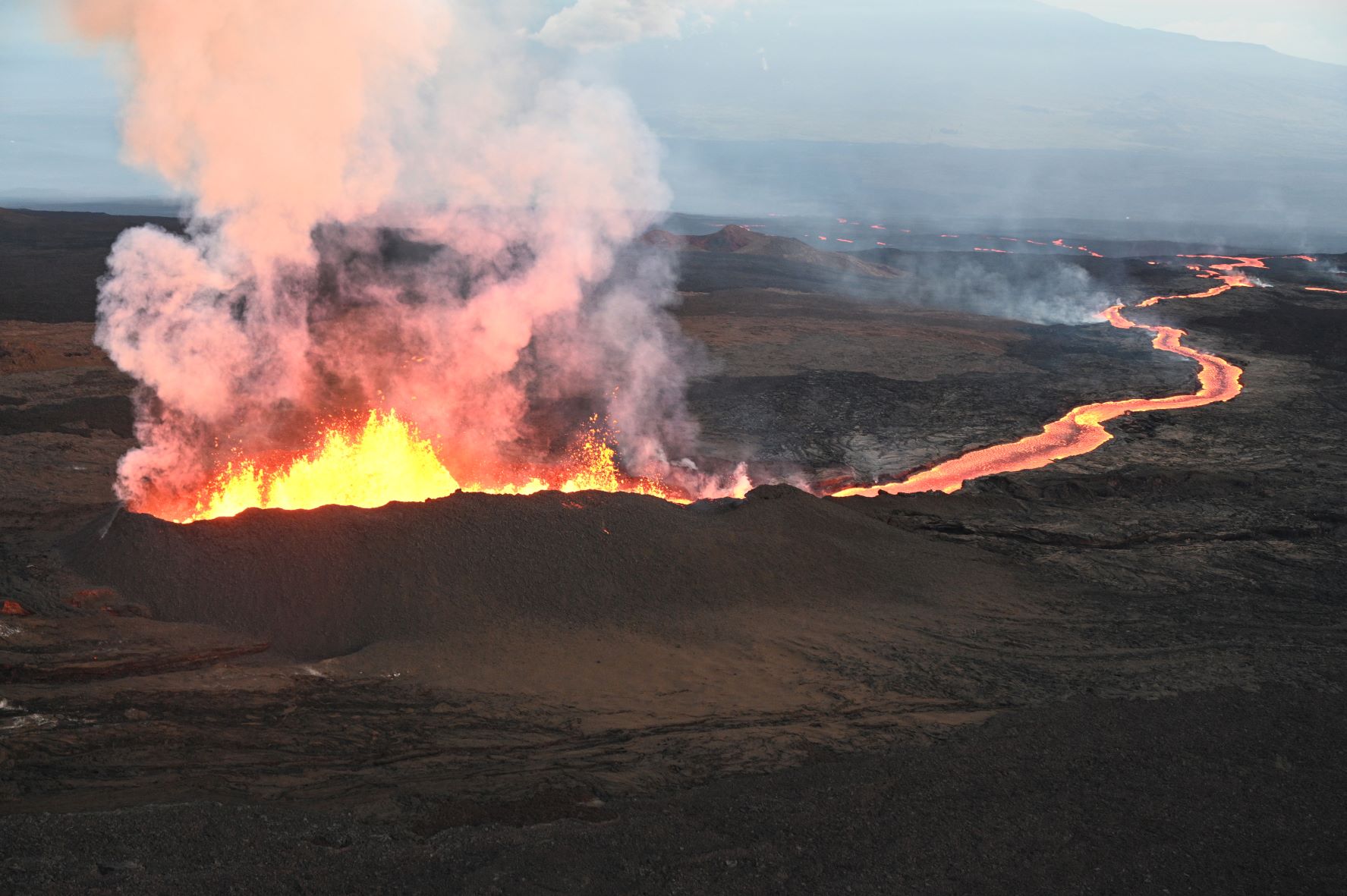
Goddess Pele visited Oahu
For Oahu visitors who won’t get to the Big Island to see the eruption first-hand, you can still visit sites that are important to the story of the fire goddess. Pele stopped on Oahu during her flight, using a magical staff to dig fire pits. Three of her fire pits, or volcanic craters, are open to the public and accessed easily.
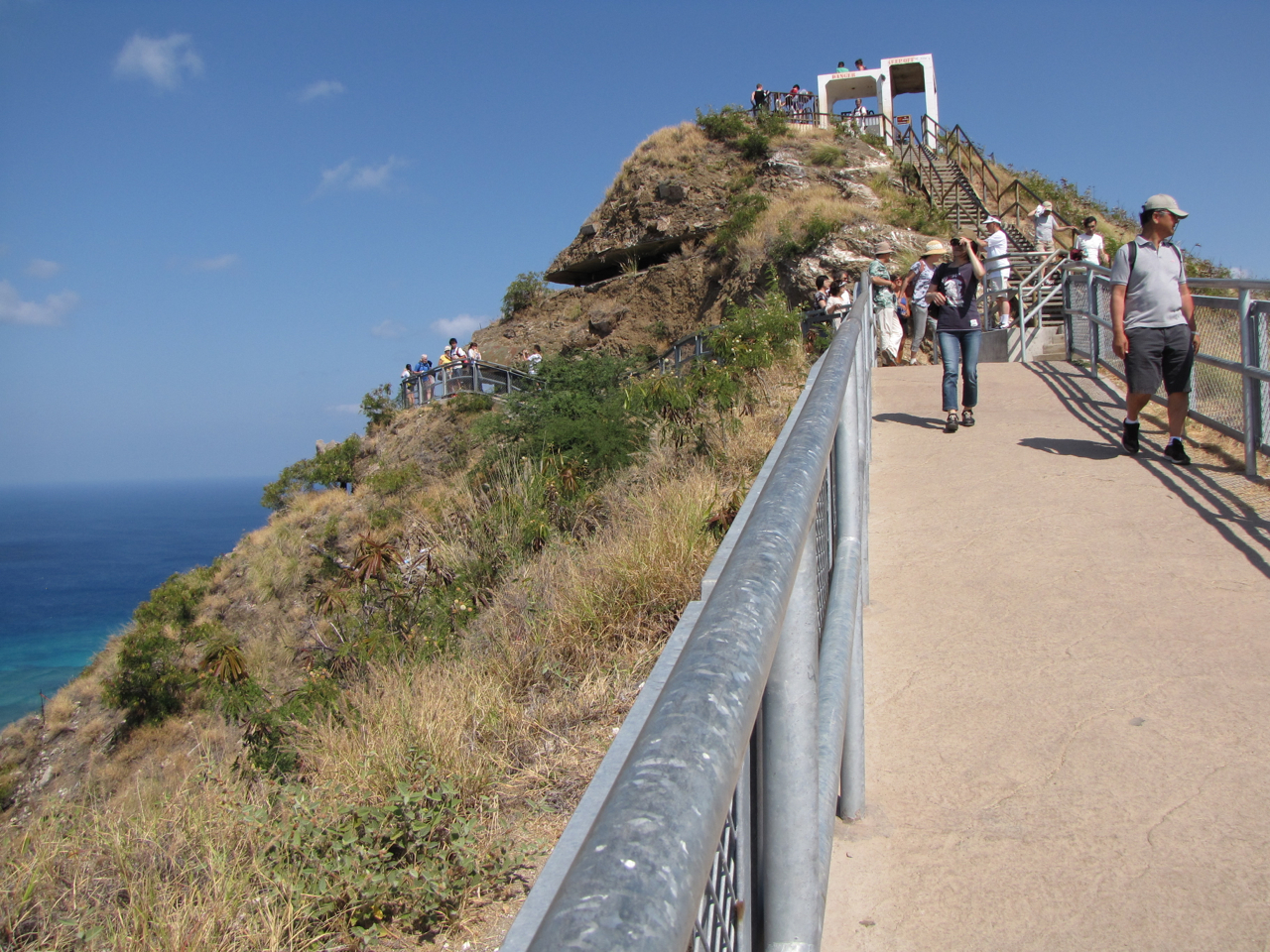
Diamond Head Crater
Diamond Head is certainly the most famous among them. Thousands of visitors frolic in the surf and stroll in the shadow of Diamond Head every day, many not knowing Hawaii’s most iconic and familiar landmark is part of the epic tale of the goddess Pele. Visitors are now required to make reservations to enter the crater for a small fee, but it remains one of Hawaii’s most visited attractions.
The has been a historical debate about the Hawaiian name of Diamond Head, Le’ahi. Some say it refers to Pele’s fire pit, others that it is named for the tuna, or ‘ahi, that the crest of the crater resembles. ‘Ahi is also the Hawaiian word for fire. It is also said that the tuna has ‘ahi as a name because of the fire-red color of its flesh. Either way, it’s fascinating to imagine goddess Pele as a colossal being, using her magical staff to dig. Countless ancient legends from all over the world imagine the feats and fates of such giants.
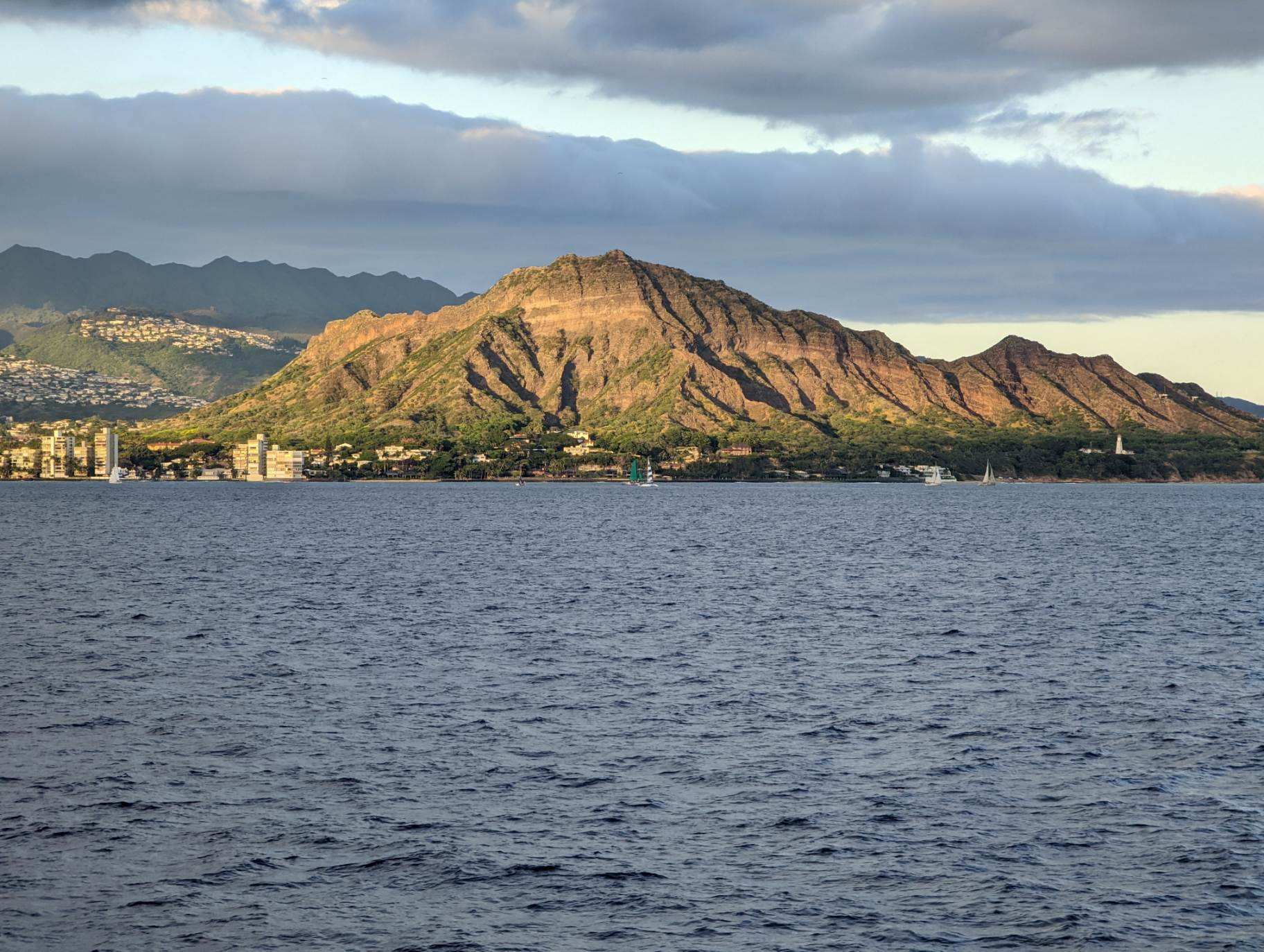
Punchbowl Crater
Punchbowl Crater, home of the National Cemetery of the Pacific, is another such crater. It is open to the public daily, closed off to the bustle of urban Honolulu by the crater walls. It is a place to ponder the sacrifice of those interred there in the name of freedom. It is also a place to ponder goddess Pele’s influence in ancient lore.
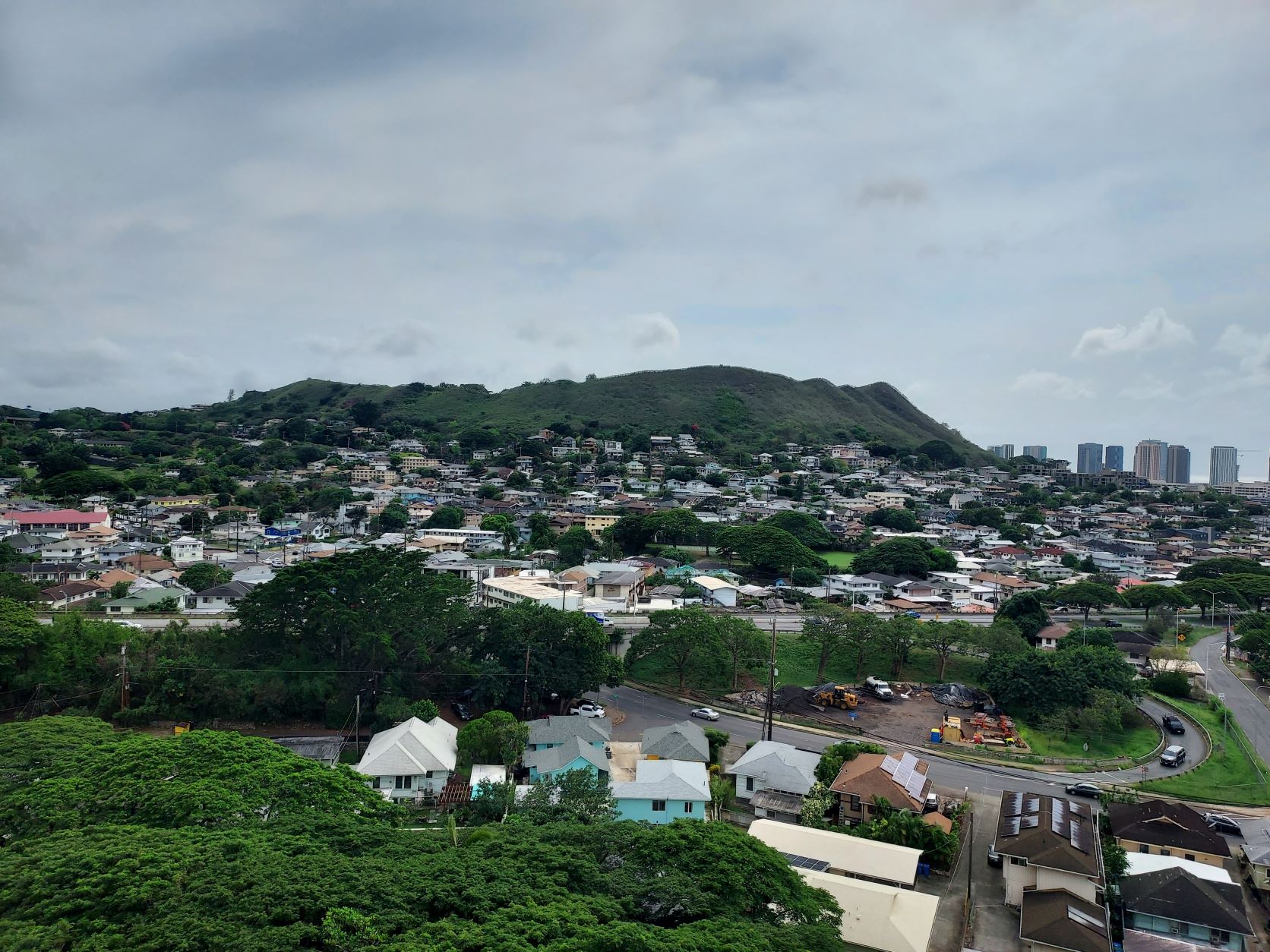
Koko Crater
In southeast Oahu is Koko Crater, another one of goddess Pele’s fire pits. The summit trail has grown in popularity over the years and it just enjoyed an extensive and welcome series of improvements (it is an extremely challenging climb). Within the crater is a botanical garden, open to the public from sunrise to sunset. The crater walls soar skyward and evoke images of Hawaii primordial.
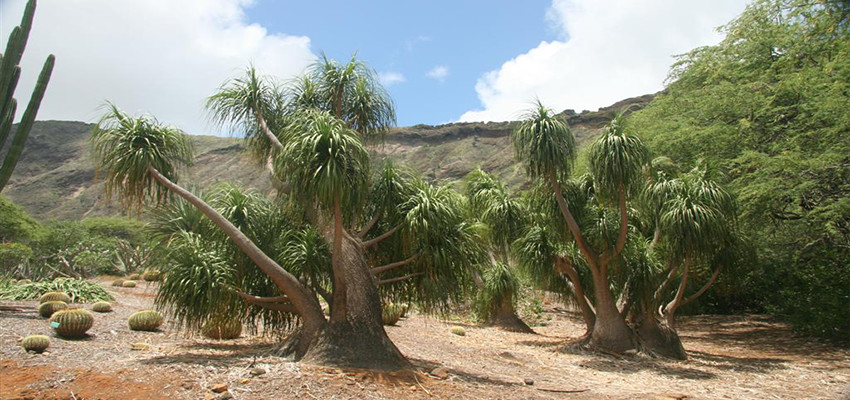
The story of goddess Pele is expansive, with many (sometimes conflicting) versions detailing her journey, her battles, and her love. She is central and vital in native Hawaiian culture, a complex and fascinating study of love and loss, of vengeance and mercy. She is most visible in the lava flows at Mauna Loa and at Kilauea on Hawaii Island, but her footprints are everywhere.
Conditions at the Mauna Loa Volcano are changing daily. We recommend visiting the US Geological Survey website for daily updates on the lava flow and atmospheric conditions.

